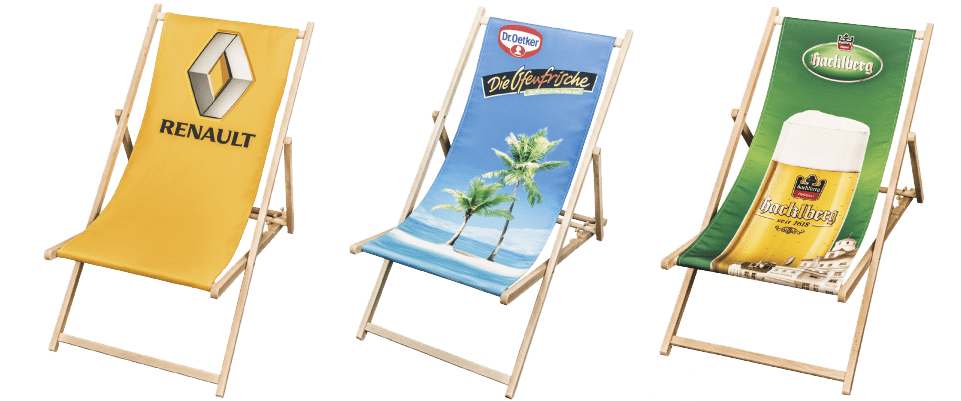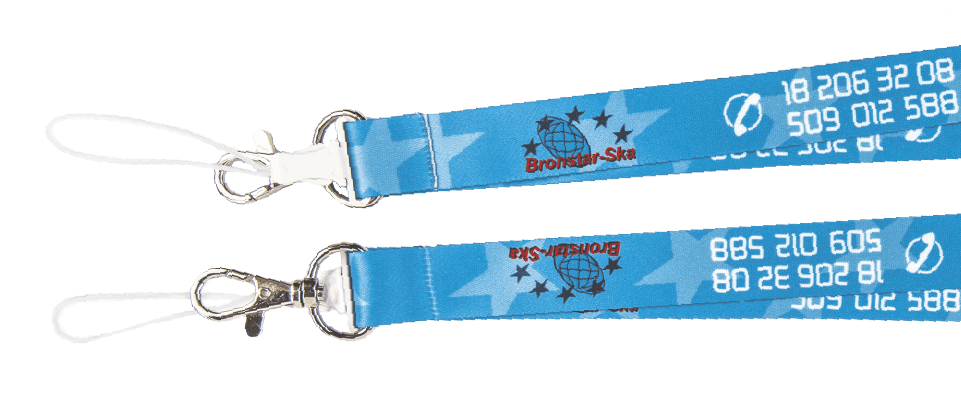The customer bears full responsibility for errors resulting from non-compliance with the following guidelines.
TEMPLATES
To ensure consistent design preparation we present multiple product templates on dedicated pages.
We don’t accept designs created by 3-rd party templates.
FILE EXTENSIONS
Acceptable printing file extensions : .cdr, .pdf, .eps.
(Corel Draw file compatibility set maximum to 2015 version)
TEXTS AND LOGOS
! If the client doesn’t have the logotypes in the vector format they might send high resolution bitmap instead. However, this doesn’t guarantee as good quality of overprint as the vector object.
! The artwork may not contain fonts and decorative texts, they must be converted into curves.
! Lenses and other special effects created in graphic programmes are not acceptable and have to be converted into bitmaps.
! Letter size lower than 1.5 mm may result in poor readability. Lines and objects thinner than 0.3 mm may disappear during the printing process.
! In dye sublimation small or thin letters and objects are at a greater risk of colour absorption when dark background is used against white overprint.
This results in reduced readability because dark ink migrates easier into light colours it surrounds. For example, black letters printed on a white background will be more visible than white letters of the same size on a black background. In such cases, we suggest enlarging text and using bold letters.
If in doubt, we recommend requesting a pre-production sample before placing mass production order as it will showcase the final quality of the product.
BITMAPS
! CMYK colour mode required
! RGB bitmap will be automatically converted by printing software with unpredictable results!
! For products with bigger surface area like deckchairs, chairs, shawls, tablecloths a resolution of 150 dpi 1:1 scale is acceptable.
! For smaller promotional gadgets like lanyards, keychains, wristbands, ribbons, face masks we require accordingly:
Minimal bitmap resolution – 300 dpi 1:1 scale
Optimal bitmap resolution – 600 dpi 1:1 scale
Please remember that bitmaps do not allow for its components to be edited and changed.
BLEEDS
Printing bleeds are mandatory. For exact dimensions please refer to the dedicated product template.
COLOR PALETTE
Uniform CMYK or Pantone colour mode is acceptable (RGB, greyscale or custom palettes will cause colour glitches)
CMYK Please be aware that different printing colour profiles vary among companies. Also, the same colour printed on different materials i.e. paper or fabric might look differently. If the client expects an exact colour adjustment, they are asked to provide a physical sample of the requested colour.
Please note that the colour displayed on your monitor does not fully reflect the colour of the final product.
Pantone – We use only Pantone Matching System (PMS) Solid Coated palette for printing. Any different palette will be converted or rejected. Pantone colours usually allow for the most accurate colour adjustment. During the manufacturing process we physically check the precision of the colour against PMS pattern.
! The Pantone colours are obtained trough mixing CMYK sublimation inks. This way we acquire the closest Pantone colour adjustment.
Please be informed that on the final overprint there may be a variation of +/- 1 step colour offset which will not be regarded as the reason of a complaint.
! Some colours, such as metallic and high visibility neon colour shades, are unavailable as they are impossible to produce trough dye sublimation printing.
! Throughout our 14 years of experience we’ve learned that Pantone colour guides sometimes vary between one another, resulting in slightly different colour representation.
Even the manufacturer himself does not guarantee it any more.
Within a single artwork we accept a maximum of 4 different Pantone colours. If the number exceeds 4, the colours must be converted into CMYK.
Pantone colours must contain 100% opacity (transparencies are not acceptable i.e. 60% Pantone 485c).
We recommend requesting a production sample in case of:
– a large order
– high accuracy of colour being needed
– a client with little experience with a given product or a printing method.
The production sample presents the final quality of the product to the customer. The client approves the final product quality (finishing, colours, etc.) without taking any risks, especially when significant quantity of goods is considered.
DIFFERENCES BETWEEN SYNCHRONISED AND NON-SYNCHRONISED PRINTING METHODS
INNER/BOTTOM SIDE
SYNCHRONISED
without cut and displaced logos on the inner side of the lanyard
INNER/BOTTOM SIDE
NON-SYNCHRONISED
random placed and cut logos on the inner side of the lanyard


